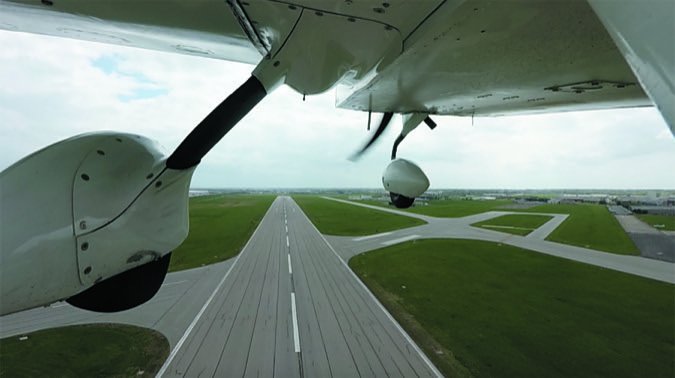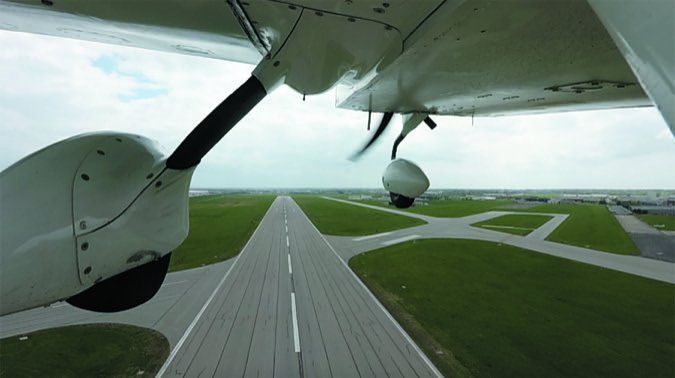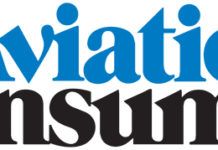
You can skirt the airspace, of course, but for many that won’t be practical. For these operators the FAA has a new “statement of policy for authorizations to operators of aircraft that are not equipped with ADS-B Out equipment.” More on that in a minute. I can see the panic building, even with new products that make for easier compliance. As an example a reader recently asked for my advice for fitting avionics in his recently purchased Archer. Since the airplane needed an IFR GPS, a transponder and an ADS-B Out upgrade to satisfy the mandate (six months away, as I type), we concluded that Garmin’s new GTX375 is a logical choice. As we reported in the May 2019 issue of Aviation Consumer, this latest all-in-one navigator makes sense for federated panels because it works with a good variety of third-party accessories. In this Archer, the 375 can drive the existing King HSI, it can connect to the existing autopilot, plus it has a built-in 1090ES ADS-B transponder to replace the King KT76A, and most important-it satisfies the mandate. Although hardly a slap and go, the installation won’t require lots of radio stack rejiggering because it’s nearly the same height as the King KLN-series GPS that it will replace. Doing some back-of-the-napkin math, also figuring some other work that needed to be done, I sent him to a few well-respected avionics shops for proposals to compare with my notes. He came back with bad news: None of the shops could touch the installation for at least six months or more.
I’m hearing this more and more lately and at this point a six-month shop backlog is sounding pretty good. Another reader with a Baron told me his busy shop couldn’t install a new Garmin package until next February-after the ADS-B Out mandate hits. The Archer owner has a major trip to take through plenty of ADS-B airspace, and the Baron owner bases his airplane at an airport inside Class B airspace. Realistically, neither are easily going anywhere without finding shops who can do the work before the mandate hits. This got me thinking about all of the pilots with noncompliant aircraft who will try and thread the way through ADS-B airspace without having the complying onboard gear. I did some digging and turns out the FAA already thought about all of this and has published guidance for getting through the FAR 91.225-defined airspace without the equipment.
It states that requests for ATC authorized deviations from the ADS-B Out equipage requirements must be made to the ATC facility having jurisdiction over the airspace, and within specific time periods. There are a couple of scenarios. If you have an ADS-B Out system installed but it’s not functioning properly, you can request to fly to the destination airport (including any intermediate stops) or to proceed to a place where the repairs can be made-or both. This request can be made at any time. If the aircraft isn’t equipped, the deviation request must be made at least one hour before the proposed operation. The FAA says aircraft operators may request to deviate from the ADS-B rule on a case-by-case basis, and that the ATC facility with jurisdiction over the airspace has discretionary authority to determine whether it can accommodate or deny the request. In other words, don’t always count on a free pass. Moreover, don’t plan on placing your deviation request by telephone-the FAA won’t accept such calls. As of April 2019, the FAA was developing a website to be used for the deviation request. If your system fails in flight, a controller can issue the authorization to proceed through the airspace. I suspect you’ll get an official letter, sort of like when your Mode C reporter fails.
If you haven’t equipped for ADS-B yet and plan to fly in 91.225 airspace the obvious advice is to get on a shop’s schedule ASAP. Despite the buzz on some internet forums, the FAA says it will not extend the equipage deadline and the drop-dead date is still Jan. 1, 2020. We’re preparing an update to our ADS-B buyer’s guide if you’re still undecided on which system to buy.
If you still need a thorough lesson on ADS-B technology in general, John Ferrara sent me his book The ADS-B Guide. It’s over 260 pages on everything you might want to know about ADS-B. It’s written in simple language, it costs $36 including shipping and is available at www.ads-bman.com.





